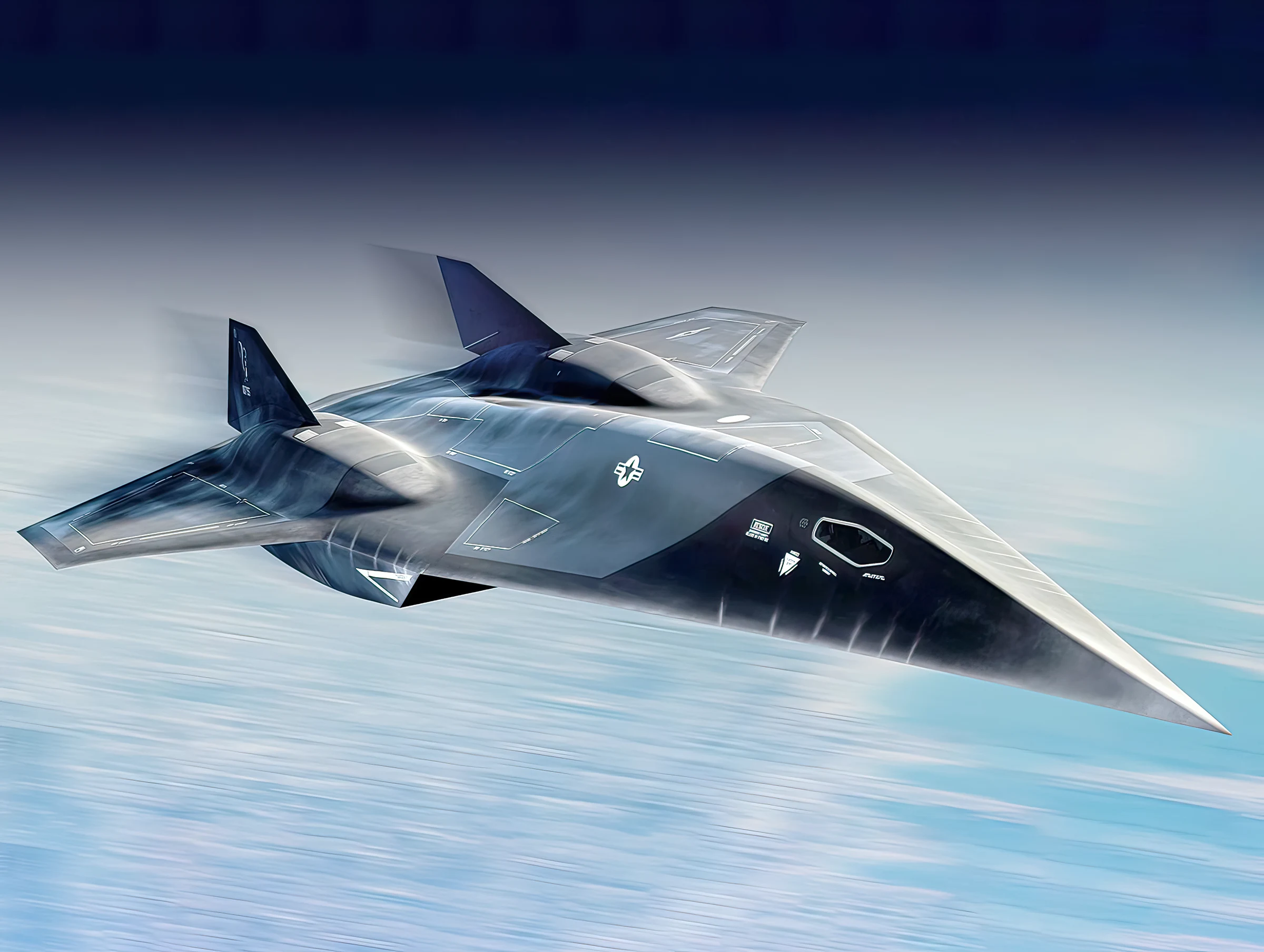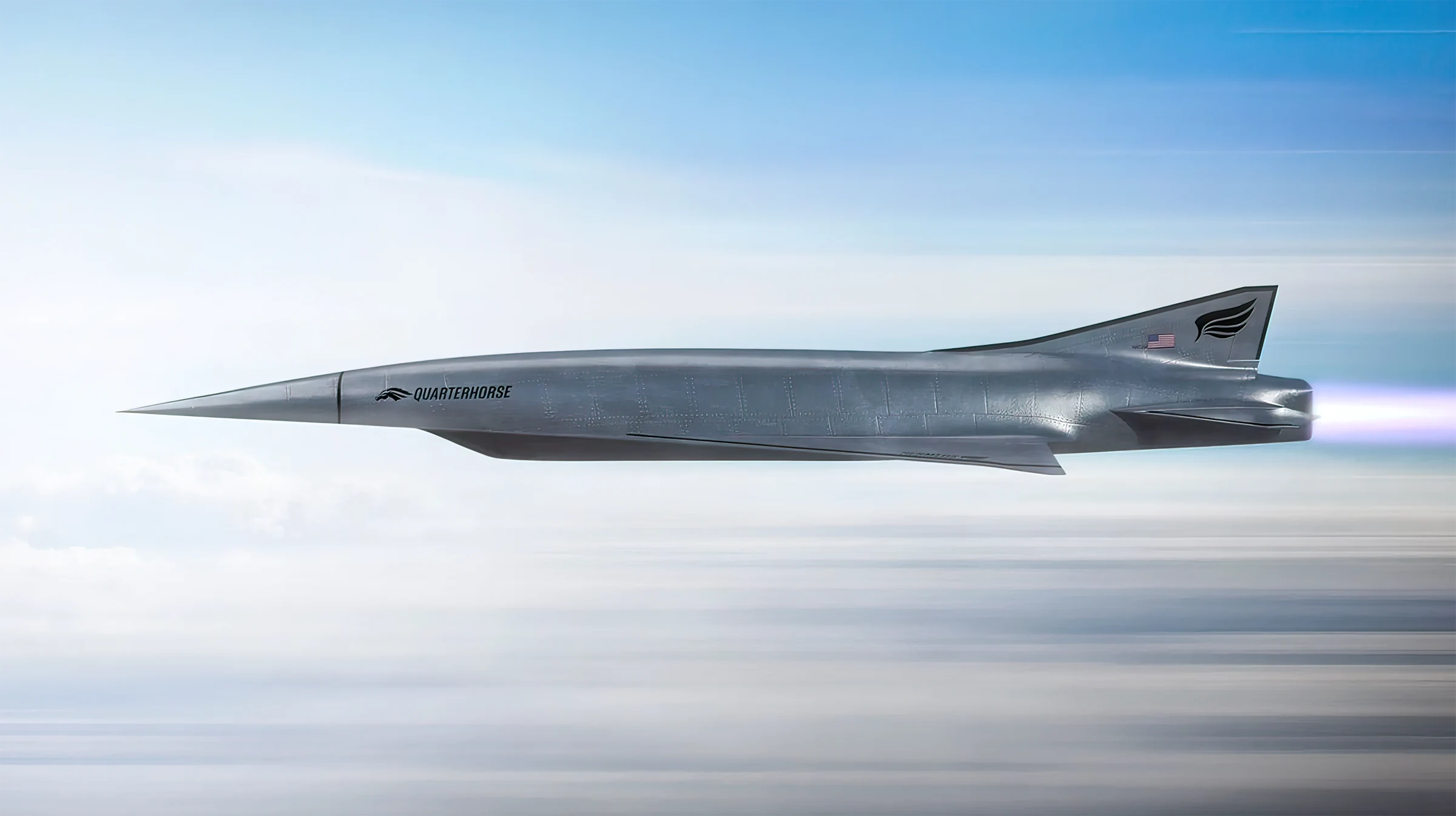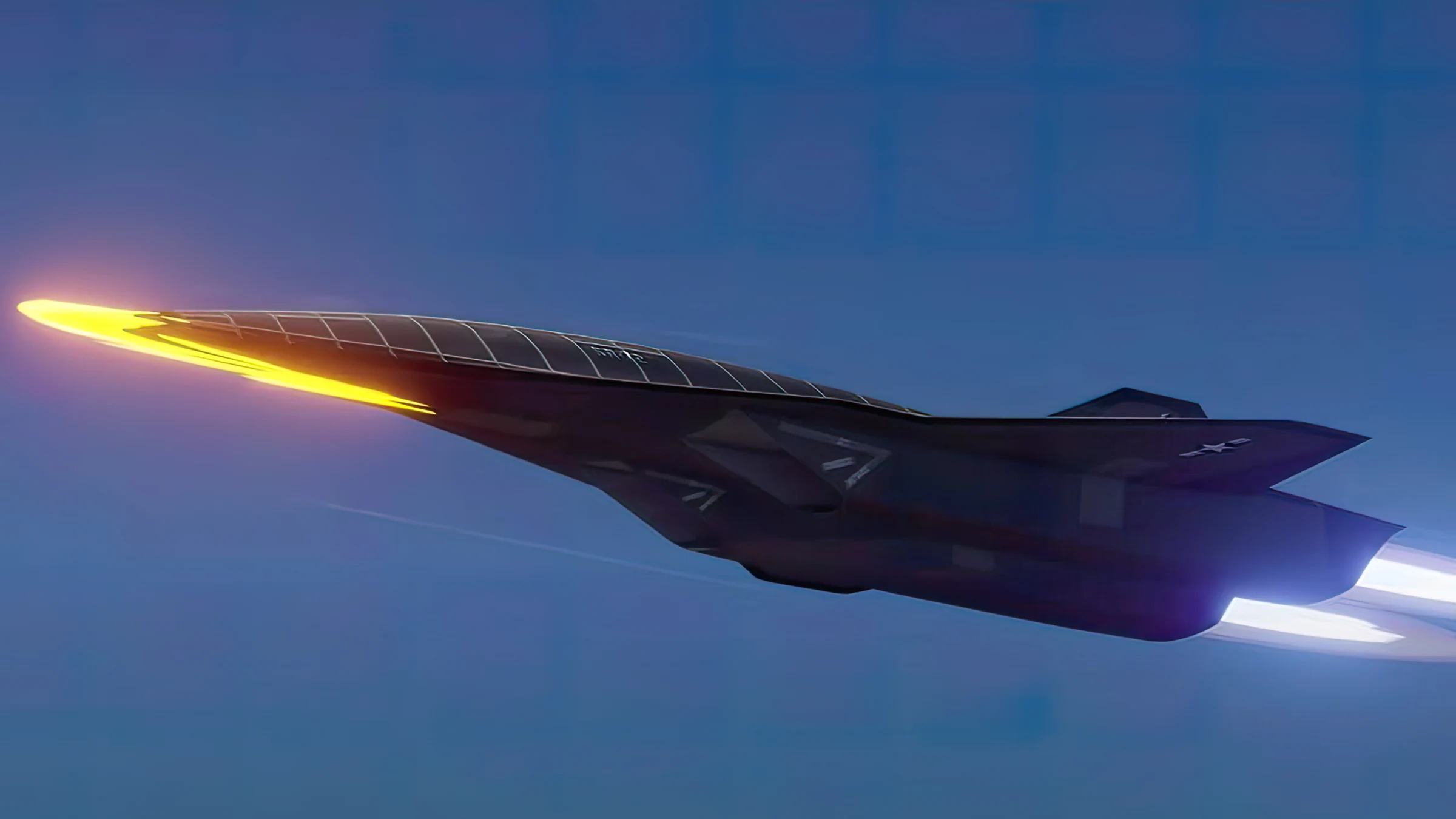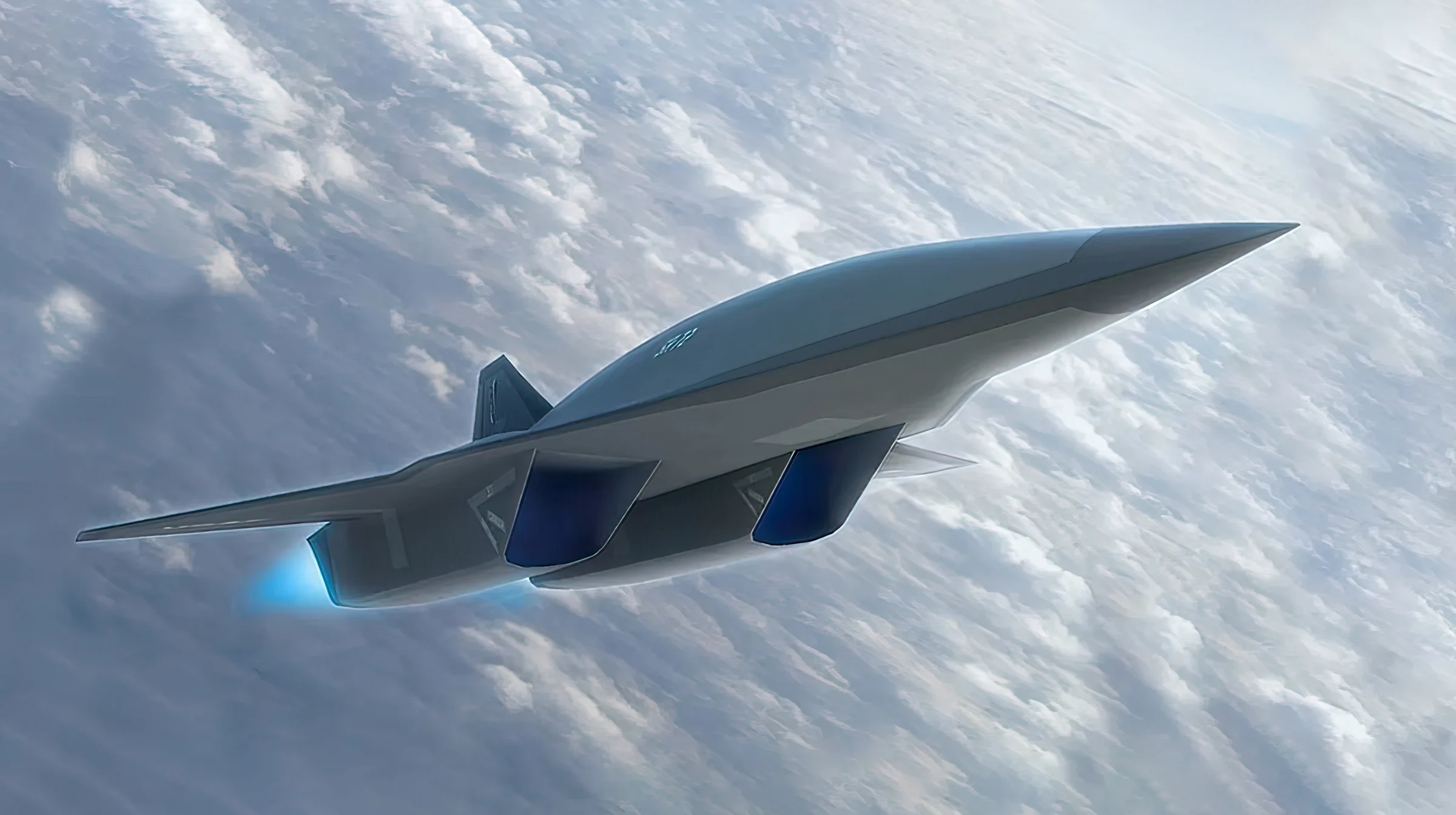The US Air Force is developing Project Mayhem, a pioneering effort to create a bomber capable of reaching and maintaining hypersonic speeds greater than Mach 10.
This project aims to overcome current speed limitations and place itself outside the effective range of airborne interceptors, enemy missiles and ground defenses. In a context where technological superiority determines superiority in the modern theater of operations, speed emerges as a critical criterion for survival and effectiveness in strategic penetration missions.
As reported by the specialized website Popular Mechanics, Project Mayhem focuses on exploiting extreme speeds as a defensive measure against an evolving spectrum of emerging threats. This is a response to the recognition of similar capabilities by potential adversaries, as demonstrated by the Russian-made Kh-47M2 Kinzhal hypersonic missile system, capable of operating at impressive speeds, at a cost of more than $100 million.
Project Mayhem's design proposes to overcome these challenges with the goal of reaching Mach 10 speeds, a goal that includes facing extreme conditions of friction and aerodynamic drag. The application of Model-Based Engineering (MBE) is presented as a key solution for the digital design of this advanced atmospheric system.
Frank Serna, senior director of strategic systems at Draper, highlights the complexity and innovation this process requires.
Towards Hypersonic Hypersonics: Project Chaos Revealed

In a notable boost to hypersonic development, the Air Force Research Laboratory (AFRL) has awarded Leidos a $334 million contract to design a hypersonic air breathing system.
This project, which is expected to last 51 months, includes initial phases of requirements review and conceptual design, with initial funding of $24 million. Steve Cook, President of Dynerics at Leidos, emphasizes his team's commitment and expertise in the hypersonic field, noting that the project is critical to national security.
The collaboration between Draper and Leidos marks the beginning of the digital design phase for this revolutionary hypersonic bomber, highlighting the transformative potential of scramjet engines. These engines, which optimize airflow pressure at high speeds, require innovations such as the combined cycle jet engine to achieve operational efficiency over a wide range of speeds.
Chris Combs, a hypersonics specialist and professor of aerospace engineering at the University of Texas at San Antonio, highlights the devastating impact these developments could have on air transportation and defense.
Redefining air warfare: Project Mayhem raises the bar


Project Mayhem's architecture represents an evolution in the military aviation paradigm, allowing the hypersonic bomber to take off and reach speeds of up to Mach 3 using a conventional propulsion system before activating its scramjet to exceed Mach 5.
This technical advance provides unprecedented operational capabilities, allowing Mayhem to conduct attack missions with conventional munitions or conduct reconnaissance in hostile airspace, all while maintaining the ability to approach and land at standard airfield infrastructure.
Hypersonic missile technology, unveiled by the Russian arsenal in 2018, symbolizes the future of armed conflicts, pushing conventional, low-speed weapons into the background. Aiming to modernize the existing arsenal, Project Mayhem aims to integrate this hypersonic capability into conventional munitions, promising a revolution in air-to-air and surface-to-air combat tactics without incurring the prohibitive costs associated with single-trajectory missiles. Uses.
The unmanned configuration of the Mayhem makes it a strategic asset capable of penetrating an adversary's territory to carry out precision attacks or gather important information, while assuming high operational risks without compromising human lives. This design not only increases offensive capabilities, but also maintains the safety of operational forces by reducing exposure.
At the forefront of technology: Challenges and solutions in the age of high speed


As we approach the Mach 10 barrier, the technical challenges intensify significantly. The car must withstand extreme temperatures resulting from atmospheric friction, which requires innovations in materials and design that were unimaginable until recently.
The adoption of advanced manufacturing technologies, such as 3D printing, has been instrumental in overcoming these obstacles, allowing the creation of components capable of withstanding unprecedented harsh operating conditions.
Jack O'Banion, Vice President of Strategy and Customer Requirements for Advanced Development Programs, explains this progress clearly: “Five years ago, we were trying to achieve… [el motor] It would have completely destroyed it. Now, thanks to digital printing and innovative cooling systems integrated into the motor housing, repeatable and reliable use is possible.
Deceleration and landing after reaching hypersonic speeds present another set of technical challenges, requiring versatile propulsion systems that ensure safe operation across the entire speed range, from take-off to landing.
This comprehensive approach to design ensures that Project Mayhem not only redefines the limits of air combat speed, but also sets new standards for functionality and operational efficiency in the era of hypersonic speed.

“Social media evangelist. Student. Reader. Troublemaker. Typical introvert.”



:quality(85)/cloudfront-us-east-1.images.arcpublishing.com/infobae/KAYSXK65OZG55CR3YX225WI6Z4.jpg)



More Stories
Do you want to buy or sell the dollar, and here are the prices this Sunday?
Kiyosaki's perspective: The United States in economic depression
This is the list of the richest people in the world for the year 2024, according to Forbes magazine